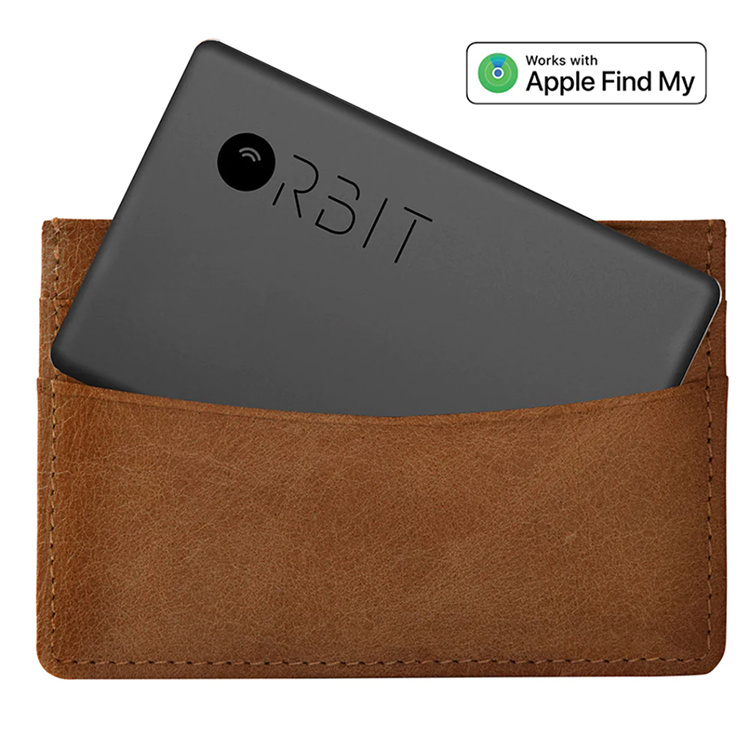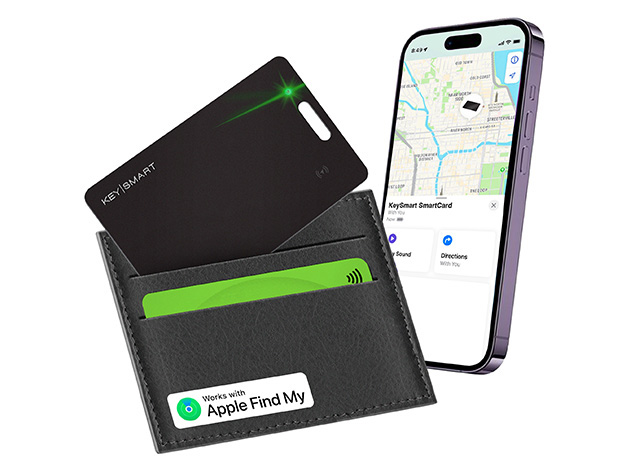Immediate Actions: Your First Line of Defense
When you first realize your wallet card is missing, time is of the essence. Here’s a structured approach to your initial search:
Retrace Your Steps Meticulously: Think back to the last few places you remember having your wallet. Did you use your card at a store, restaurant, or gas station? Go back to these locations and politely inquire if anyone has found a misplaced card. Providing a detailed description can be incredibly helpful.
Check Your Immediate Surroundings: Thoroughly examine the area where you last remember seeing your wallet. This includes under furniture, in bags, coat pockets, and even in less obvious places like between couch cushions or under car seats. Sometimes, the card may have simply slipped out unnoticed.
Empty Your Other Bags and Pockets: It’s surprisingly common for a card to accidentally end up in a different bag or pocket than your wallet. Take the time to check all your belongings carefully.
Ask Anyone Who Was With You: If you were with friends or family when you last had your wallet, ask them if they recall seeing it or if they might have accidentally picked it up.
Leveraging Technology in Your Search
In today’s digital age, technology offers several avenues to help you find your wallet card:
Check Banking and Credit Card Apps: Many banking and credit card apps allow you to view recent transactions. If you see any unauthorized activity, it could indicate your card has been stolen, and you should report it immediately. Some apps even offer features to temporarily lock or freeze your card, preventing unauthorized use while you search.
Utilize Digital Wallet Features: If you’ve added your cards to digital wallets like Apple Pay, Google Pay, or Samsung Pay, check if the card is still active within the app. If it’s been removed unexpectedly, it might provide a clue.
Consider Smart Tracking Devices: If you frequently misplace your wallet, investing in a smart wallet tracker (like Tile or AirTag, placed inside your wallet) can be a game-changer. You can use your smartphone to locate the tracker and, consequently, your wallet card.
What to Do If You Still Can’t Find Your Card
If your initial search efforts are unsuccessful, it’s crucial to take immediate action to protect yourself from potential fraud:
Report Your Card as Lost or Stolen: Contact your bank or credit card issuer immediately. They will be able to cancel your card and issue you a new one. Most institutions have 24/7 customer service lines for this purpose. Be prepared to provide your account details.
Review Recent Transactions Carefully: Even if you haven’t noticed any unauthorized activity yet, it’s essential to review your recent transactions once you’ve reported the card lost or stolen. Look for any unfamiliar charges.
Consider Placing a Credit Freeze: If you’re concerned about identity theft, you can place a credit freeze with the major credit bureaus (Equifax, Experian, and TransUnion). This restricts access to your credit report, making it harder for someone to open new accounts in your name.
File a Police Report (If Necessary): If you suspect your wallet was stolen, filing a police report can be helpful for insurance purposes and in case of future identity theft issues.
Preventative Measures: Minimizing the Risk of Losing Your Wallet Card
While finding a lost card is the immediate concern, taking proactive steps can significantly reduce the chances of it happening again:
Designated Place for Your Wallet: Always keep your wallet in the same designated place, whether it’s a specific pocket in your bag or a particular spot at home. Consistency makes it easier to notice when it’s missing.
Be Mindful of Your Belongings in Public: Be extra vigilant in crowded places where pickpocketing is more common. Keep your wallet in a secure inner pocket.
Consider a Minimalist Wallet: Carrying fewer cards can sometimes make your wallet less bulky and easier to keep track of.
Regularly Check Your Wallet’s Contents: Make it a habit to periodically check that all your essential cards are still in your wallet.
Utilize Digital Copies (Securely): While not a replacement for your physical cards, having secure digital copies of your ID and important cards stored on your phone (using encrypted apps) can be helpful in emergencies for identification purposes.
The Psychological Impact of Losing Your Wallet Card
Beyond the practical inconveniences, losing your wallet card can also cause significant stress and anxiety. The fear of financial repercussions and potential identity theft can be overwhelming. Remember to take deep breaths and approach the situation methodically. By following the steps outlined in this guide, you’re taking control of the situation and increasing your chances of a positive outcome. Don’t hesitate to reach out to your bank and local authorities for assistance. Their experience in handling such situations can provide valuable support and guidance.




